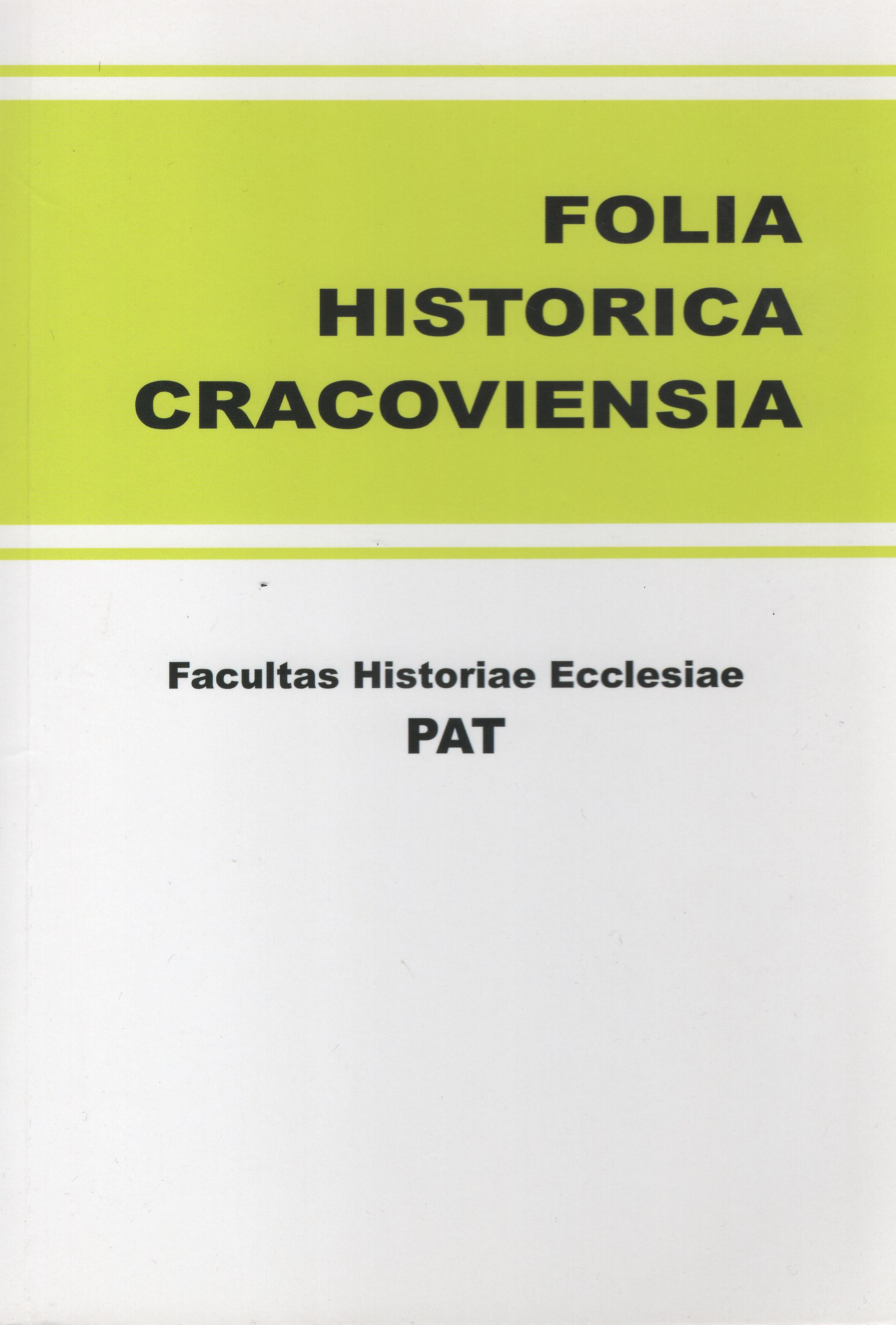Scena Zwiastowania na poliptyku z Olkusza
The Annunciation Scene in the Olkusz Polyptych
Author(s): Zdzisław KliśSubject(s): History, Fine Arts / Performing Arts, Visual Arts, Middle Ages, Theology and Religion
Published by: Wydawnictwo Naukowe Uniwersytetu Papieskiego Jana Pawła II w Krakowie
Keywords: Annunciation; polyptych; Olkusz; St. Andrew’s Church; Jan Waligóra
Summary/Abstract: Among many Annunciation scenes represented in panel painting in Little Poland - which is especially abundant in iconographie motifs “describing” the mystery of the Incarnation - is a panel of the polyptych (1485) in St. Andrew’s Church in Olkusz. The polyptych was painted in fulfilment of a request by Anna Sperhozowa of Olkusz, before her death. It is the work of Jan Wielki, a nephew of the late founder of the church. When Jan was battered by Jan Waligóra, and it seemed he would not survive, the work was completed by Jan Stary. A brother of Jan Wielki’s wife Katarzyna - Jan Wolny, bachelor of arts, subsequently St. Panthaleo’s altarist in Our Lady’s Church in Krakow and altarist of the Most Holy Virgin Mary in Olkusz - arranged all the legal formalities for the recognition of the altarpiece as the Family Worship Altar in St. Andrew’s Church1. It is therefore rather certain that the ideological aspect of the altarpiece was provided by a theologian with a personal interest in this particular work of art. /Wśród wielu przedstawień Zwiastowania reprezentowanych w tablicowym malarstwie w Małopolsce uwagę zwraca scena z poliptyku z kościoła św. Andrzeja w Olkuszu. Został on ufundowany przez bogatą mieszczkę Annę Sperhozową i jej siostrzeńca, ks. Jana Wolnego, który, jako wykonawca testamentu ciotki, zamówił nastawę ołtarzową u swojego szwagra, malarza krakowskiego Jana Wielkiego. Poliptyk został ukończony w 1485 r. Początkowo znajdował się on na ołtarzu Bożego Ciała i Wniebowzięcia NMP, przy sakramentarium, obok ściany tęczowej (pomiędzy prezbiterium a nawami). Na początku XVII w. poliptyk został przeniesiony do kaplicy św. Anny przy prezbiterium. Najprawdopodobniej wówczas w części środkowej nastawy, na tle renesansowej niszy, umieszczono późnogotycką figurę Matki Boskiej z Dzieciątkiem.
Journal: Folia Historica Cracoviensia
- Issue Year: 13/2007
- Issue No: 1
- Page Range: 67-80
- Page Count: 14
- Language: English

